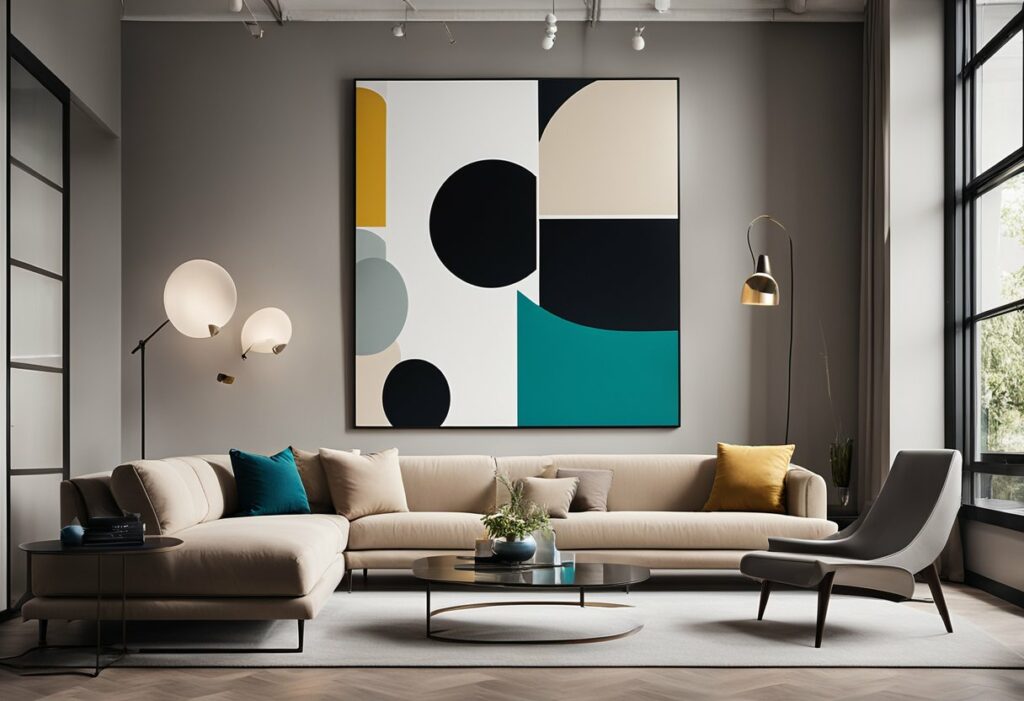Discover the Best Words to Describe Your Interior Design Style
Are you looking to re-decorate your living space, but struggling to find the right words to describe your preferred interior design style? Look no further! In this article, we will explore the most common words used to describe interior design styles, from classic to contemporary and everything in between. Whether you are an interior designer or simply someone who wants to spruce up your home, this guide will provide you with the vocabulary you need to articulate your vision.
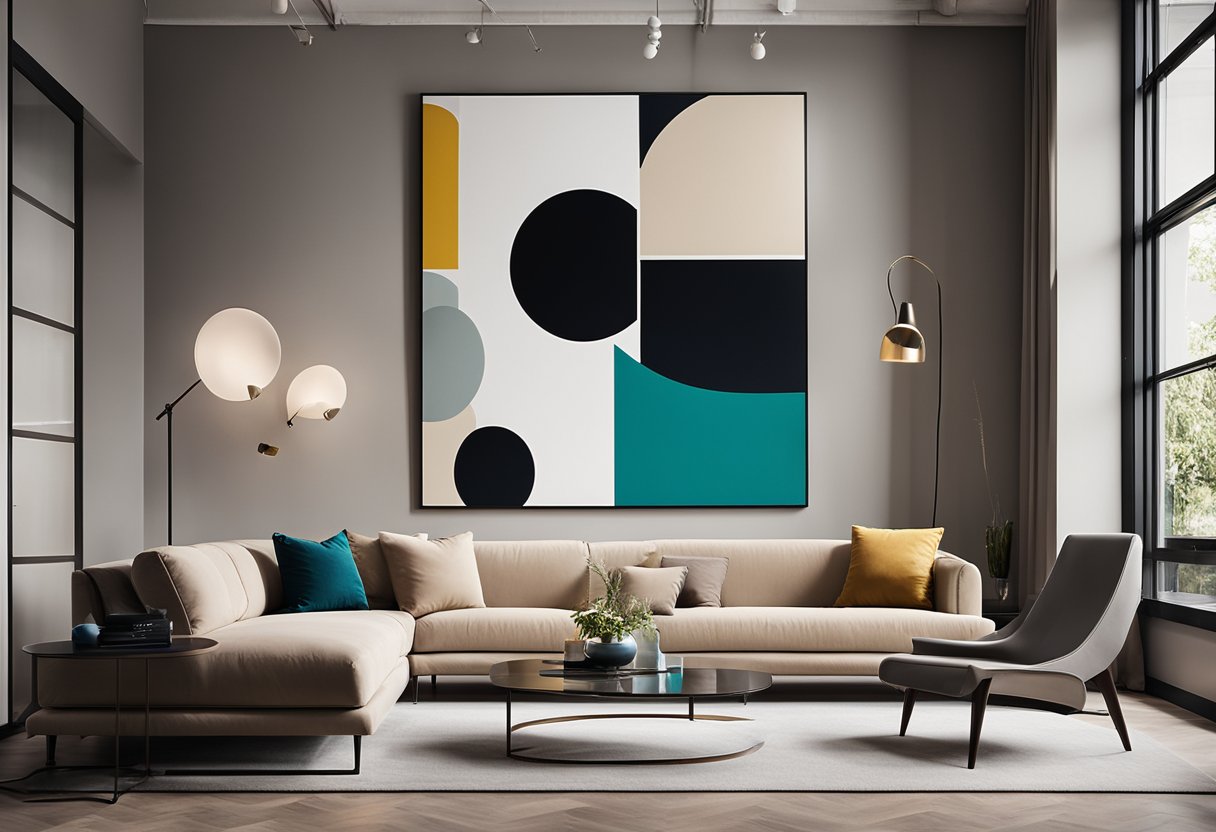
Defining design styles can be challenging, as there are so many variations and subcategories to consider. However, by breaking down the elements of style and identifying key features, we can begin to understand the different interior design styles. From colour schemes to furniture choices, each design style has its own unique characteristics that set it apart from the others. By the end of this article, you will have a better understanding of the most popular interior design styles and how to describe them.
Defining Design Styles
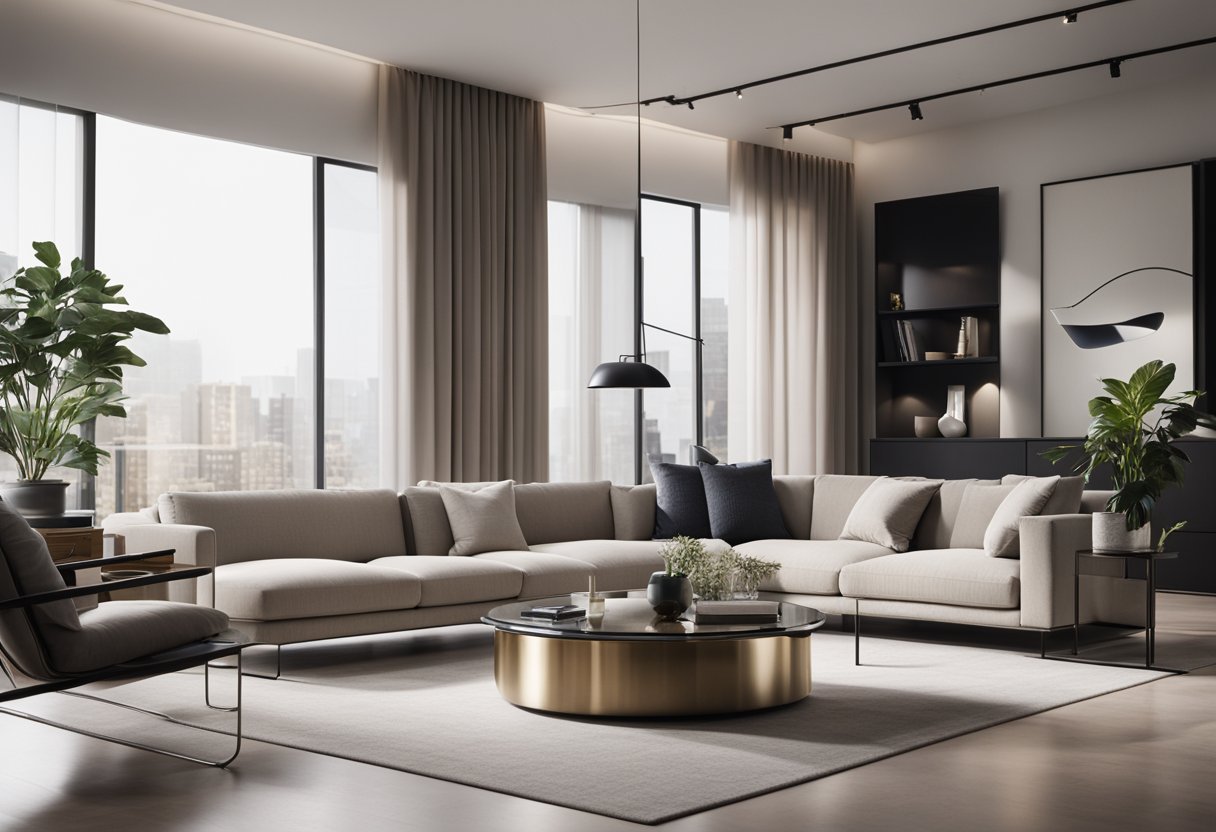
When it comes to interior design, there are a variety of styles to choose from. Each style has its own unique characteristics that can help you achieve the look and feel that you want in your home. In this section, we will explore some of the most popular interior design styles and what makes them stand out.
Modern and Contemporary
If you’re looking for a sleek and sophisticated look, then modern or contemporary design might be the way to go. These styles are characterized by clean lines, bold colours, and a minimalist approach to decor. Contemporary design often incorporates the latest technology and materials, while modern design is more focused on simplicity and functionality.
Traditional Elegance
If you’re drawn to classic and timeless design, then traditional elegance might be the perfect fit for you. This style is all about sophistication, with rich colours, ornate details, and luxurious fabrics. Traditional design often incorporates antiques and heirloom pieces, giving your home a sense of history and heritage.
Rustic and Farmhouse
If you’re looking for a more relaxed and casual vibe, then rustic or farmhouse design might be the way to go. These styles are characterized by natural materials, such as wood and stone, and a focus on comfort and warmth. Rustic design often incorporates vintage or distressed pieces, while farmhouse design is all about simplicity and practicality.
Eclectic and Art Deco
If you’re looking for something a little more daring and bold, then eclectic or art deco design might be the way to go. These styles are characterized by a mix of different styles, colours, and textures, creating a unique and eclectic look. Art deco design is all about glamour and sophistication, with bold geometric shapes and luxurious materials.
Minimalist and Scandinavian
If you’re looking for a clean and simple look, then minimalist or Scandinavian design might be the way to go. These styles are characterized by a focus on functionality and simplicity, with a neutral colour palette and clean lines. Scandinavian design often incorporates natural materials, such as wood and leather, while minimalist design is all about getting rid of the clutter and keeping things simple.
When it comes to choosing the right interior design style for your home, it’s important to consider your personal style and preferences. Think about the colours, textures, and materials that you love, and how you can incorporate them into your home. Whether you prefer a modern and sleek look or a more traditional and elegant vibe, there’s a design style out there that’s perfect for you.
Elements of Style
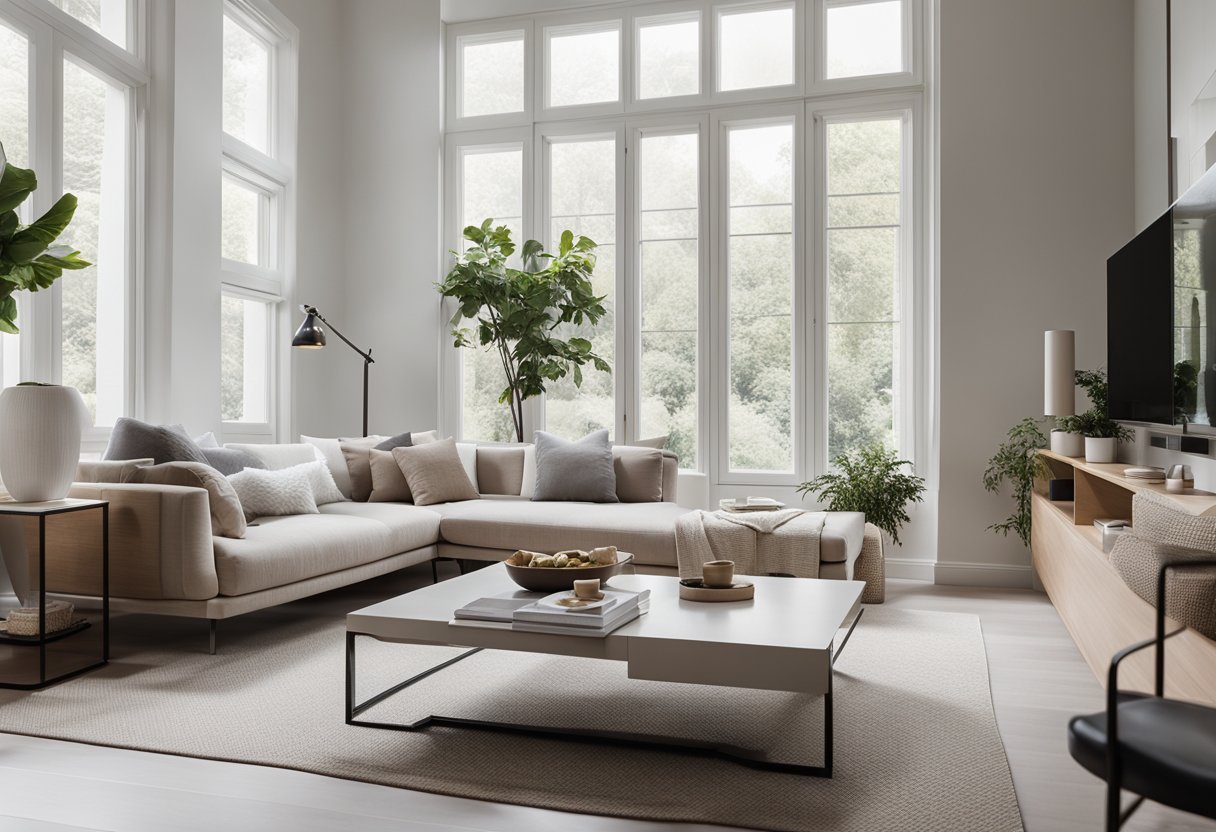
When it comes to interior design, there are several elements that come together to create a cohesive and visually appealing space. These elements include colour and texture, furniture and layout, lighting and accessories. Let’s take a closer look at each of these elements.
Colour and Texture
Colour and texture are two of the most important elements in interior design. They can be used to create a mood, add visual interest, and set the tone for a space. When choosing colours, it’s important to consider the mood you want to create. Vibrant hues can add energy and excitement, while softer tones can create a more peaceful and relaxing atmosphere.
Textures can also play a big role in interior design. Layered and textured materials can add depth and interest to a space. Natural materials like wood and stone can add warmth and character, while patterned textiles can bring in a touch of personality.
Furniture and Layout
Furniture and layout are also key elements in interior design. The right furniture can create a sense of balance and contrast in a space, while the layout can help to define the flow of the room. When choosing furniture, consider the scale of the pieces and how they will work together in the space.
Accessories can also add visual interest and help to tie a room together. Geometric shapes and bold patterns can add a modern touch, while floral prints can create a more traditional feel. It’s important to strike a balance between too many accessories and not enough, as too many can make a space feel cluttered and overwhelming.
Lighting and Accessories
Finally, lighting and accessories are important elements in interior design. Lighting can set the mood and create a sense of ambiance in a space. It’s important to consider the placement of the lighting and the type of bulbs used to create the desired effect.
Accessories like artwork, mirrors, and decorative objects can also add visual interest and help to tie a room together. When choosing accessories, consider the mood and feel of the space, and choose pieces that complement the overall design.
This glossary of interior design terminology and vocabulary can help you understand the adjectives used to describe different design styles.
Frequently Asked Questions
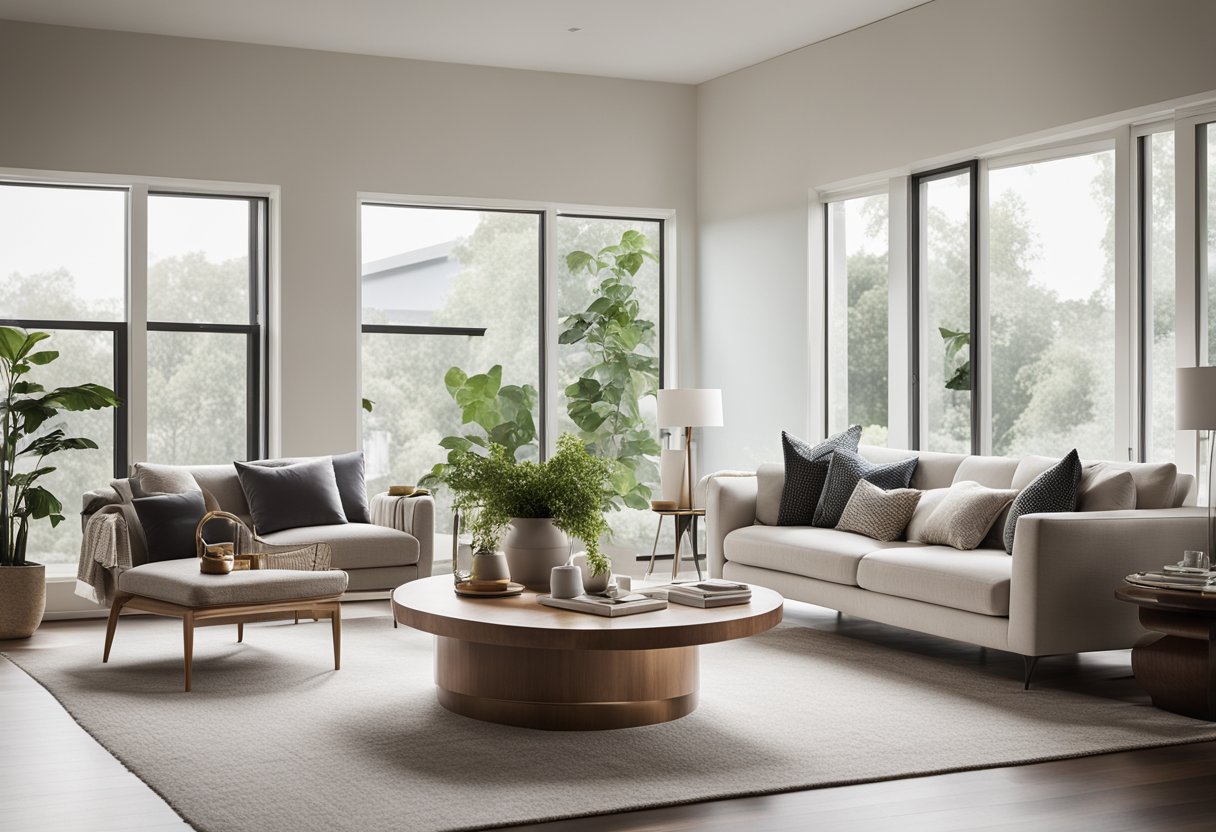
What are some captivating words to convey the essence of an interior design theme?
When it comes to describing an interior design theme, there are many words that can be used to capture its essence. For example, if you’re going for a minimalist look, you might use words like “clean,” “simple,” or “uncluttered.” On the other hand, if you’re aiming for a more rustic feel, you might use words like “warm,” “cozy,” or “earthy.” Other words that can be used to describe interior design themes include “sleek,” “elegant,” “vintage,” “industrial,” and “bohemian.”
How can one articulate the beauty of a design aesthetic within an interior space?
To articulate the beauty of a design aesthetic within an interior space, it’s important to use descriptive language that captures the essence of the design. For example, if you’re trying to convey the beauty of a modern design aesthetic, you might use words like “sleek,” “minimalist,” and “contemporary.” Alternatively, if you’re trying to convey the beauty of a traditional design aesthetic, you might use words like “elegant,” “classic,” and “timeless.” Other words that can be used to describe the beauty of a design aesthetic include “sophisticated,” “luxurious,” “inviting,” and “harmonious.”
In what ways might one describe the mood and atmosphere created by a particular design style?
The mood and atmosphere created by a particular design style can be described in a number of ways. For example, if you’re going for a cozy, intimate feel, you might use words like “warm,” “welcoming,” and “comfortable.” Alternatively, if you’re aiming for a more formal feel, you might use words like “elegant,” “sophisticated,” and “refined.” Other words that can be used to describe the mood and atmosphere created by a particular design style include “relaxed,” “energetic,” “serene,” and “playful.”
Could you suggest some dynamic terminology for defining one’s personal taste in interior design?
Defining one’s personal taste in interior design can be challenging, but there are many dynamic terms that can be used to describe it. For example, if you’re drawn to a minimalist aesthetic, you might describe your taste as “streamlined,” “simple,” or “uncluttered.” Alternatively, if you’re drawn to a more eclectic aesthetic, you might describe your taste as “bohemian,” “quirky,” or “playful.” Other terms that can be used to define one’s personal taste in interior design include “sophisticated,” “luxurious,” “earthy,” and “inviting.”
What terms best capture the character and vibe of an innovative interior design concept?
Innovative interior design concepts can be described in many ways, but there are some terms that best capture their character and vibe. For example, if you’re going for a cutting-edge design, you might use words like “futuristic,” “bold,” or “experimental.” Alternatively, if you’re aiming for a more organic feel, you might use words like “natural,” “earthy,” or “sustainable.” Other terms that can be used to capture the character and vibe of an innovative interior design concept include “avant-garde,” “edgy,” “dynamic,” and “innovative.”
How might one enthusiastically express the visual harmony of an interior space?
To enthusiastically express the visual harmony of an interior space, it’s important to use descriptive language that captures the essence of the design. For example, if you’re trying to convey the visual harmony of a minimalist design, you might use words like “balanced,” “harmonious,” and “cohesive.” Alternatively, if you’re trying to convey the visual harmony of a more eclectic design, you might use words like “playful,” “whimsical,” and “energetic.” Other words that can be used to express the visual harmony of an interior space include “serene,” “inviting,” “sophisticated,” and “luxurious.”

